Everybody loves beers, especially when they are served straight from the tap in a brewery, i.e. draft beers. Those beers are poured out of beer dispensers, also known as kegerators, under the pressure of a gas through a tap. This kind of beer is fresher when compared to canned beers and has an aroma that can’t be contained by any can or bottle. Modern-day kegs can also function as a beer dispenser in a matter of minutes.
The science behind getting the perfect beer is not as easy as it sounds. Out of the many intricacies, a pivotal one is choosing the perfect gas to dispense your beer. This depends on the type of drink being served. Let us have a look at some of the gases that can be used in beer dispensers.
Carbon Dioxide (CO2)
This is by far the most common gas used in the beer industry due to its natural fermentation properties. It adds fizz to your beer and makes it foamy and frothy, with little to no downside. The gas cylinder and the pressure regulator are the secrets to a perfect beer. A standard gas cylinder contains about 800 PSI pressure, which is way too high for beer dispensers. Thus, a regulator is used to monitor and maintain the pressure inside the keg.
When beer is poured out of the keg, the empty space is occupied by CO2. This helps to maintain constant pressure inside the keg. The pressure gauge ensures the release of the right amount of gas so that a perfectly carbonated beer can be served.
Pros of using CO2 in beer dispensers
Here are some reasons why CO2 is widely used in pubs and bars as the go-to keg gas.
- Longevity — Beers in kegs can be stored for a longer duration using CO2, which is not the case with an oxygen-pumped keg. It can cause the beer to spoil due to oxidation and it may not last even 24 hours. Thus, CO2 is ideal in this regard, as once stored, it spoils at a lower rate as compared to air compressors.
- Serves the perfect beer right from the first glass — In the case of oxygen compressed beers, the first few glasses are foamy and unusable and thus they have to be thrown away. However, this is not the case with CO2 kegs, as it serves the perfect beer right from the very first pint. Thus, even the first glass of beer is worth the money.
Things to keep in mind while using CO2 in your beer dispenser
However, there are certain things to be kept in mind if you’re going to go with using CO2 in your keg.
- Ventilation — CO2, like any other gas, can be dangerous in high concentrations. Thus, a properly ventilated room is important for enabling excess CO2 to escape the system. Detection equipment can also be used to detect any hidden gas leaks but the gas brings a stuffy, musty smell in high concentrations. Air out the room when you notice the stuffy smell.
- Pressure settings — An ideal pressure setting is an important aspect of pouring out an ideal beer. The pressure reducer and the pressure valve have to be controlled to maintain a constant CO2 and beer ratio. Moreover, the entire setup can be expensive too.
Nitrogen
Nitrogen is yet another gas used in pressurizing beers and beverages. However, its biggest drawback is that it is less soluble in liquids. Thus, a drink pressurized with nitrogen will have lesser nitrogen content as compared to the CO2 content drink pressurized with CO2. To counter this, nitro beers are kept at a higher pressure of 25 to 30 PSI.
Also, nitrogen bubbles are smaller as compared to CO2, which affects the mouthfeel and taste of the beer. Such drinks are creamier and have a longer head. A tap with small holed restrictor plates before the faucet is best suited for serving nitrogen drinks as it ensures the breaking of nitrogen bubbles and a substantial head. Nitrogen is mostly used while serving coffees.
Nitrogen generators can prove to be a game-changer if serving nitrogen brewed coffee. They produce pure nitrogen and are highly recommended for coffee shops observing heavy traffic.
Beer Gas
Beer gas is nothing but a mixture of CO2 and nitrogen. The insoluble property of nitrogen outweighs the benefits of the creamy texture and longer head. To counter this, CO2 is added to nitrogen to make it more soluble while maintaining the texture. The ratio of the two depends on the drink being served, the standard ratio being 70:30.
Large pubs and bars often have tubes running over about 80-100 feet. This calls for a mixture of nitrogen and CO2 to push the beer this far in length. Beer gas also helps to serve drinks under high pressure without being overly carbonated.
Pros of using beer gas
- Retains Flavour – Beer gas ensures that the beer doesn’t lose its original flavor and at the same time is not flat either. This perfect balance can be achieved with a perfect mix of nitrogen and CO2.
- Beer gas facilitates smooth dispensing and creamy consistency.
- A long-lasting and consistent foamy head enhances the mouthfeel and drinking experience.
You can also add a gas blender to your beer dispensers. This ensures a consistent mixture of pure nitrogen and carbon dioxide in a specified ratio and then releases the gas from a separate line. This is an easy way of obtaining the perfect gas for your beer.
Conclusion
Carbonated beers have now been an age-old tradition. However, carbonating methods and equipment have evolved over the past few decades. The modern beer dispensers are now an instant solution for a perfect beer and the gas used plays a major role in determining the consistency, taste, and mouthfeel of your beverage.
Although CO2 is the most commonly used gas, nitrogen and beer gas have their advantages. Your coffee is incomplete without nitrogen whereas beer gas is perfect for nitrous and stouts. Every gas brings a different flavor and feel to your drink and you can choose the best one for your needs. If you are searching for Beer dispensers, be sure to check out Iron Mountain Refrigeration!
Browse all our commercial refrigeration equipment.
10550 86th ave
(833) 734-8880























